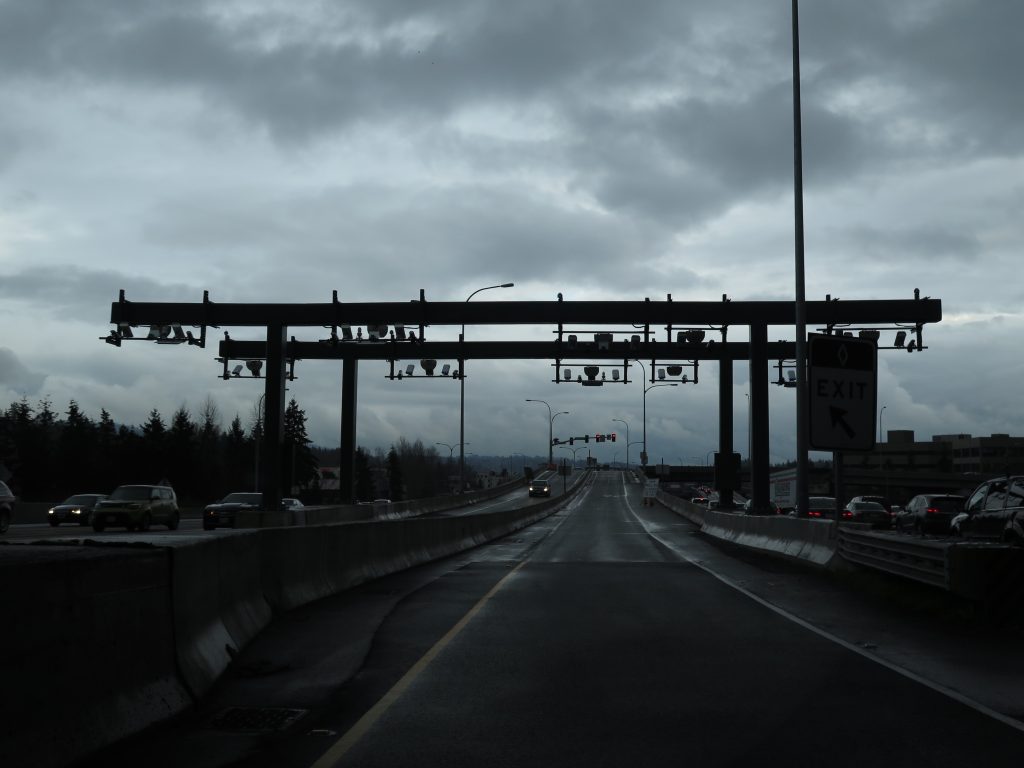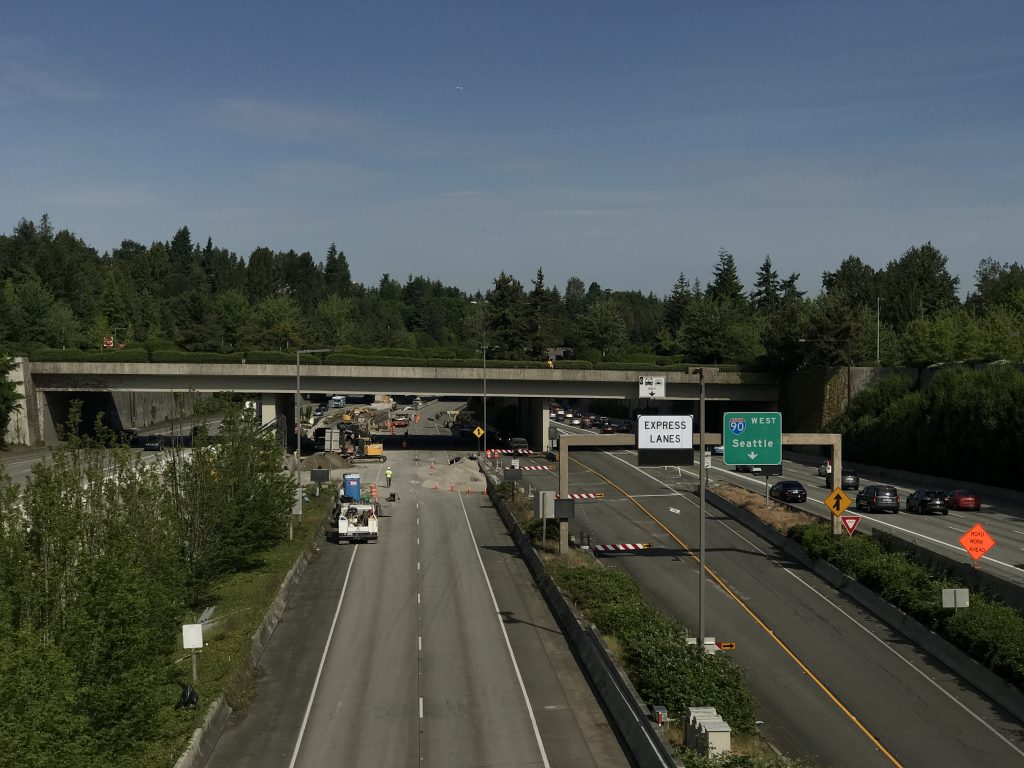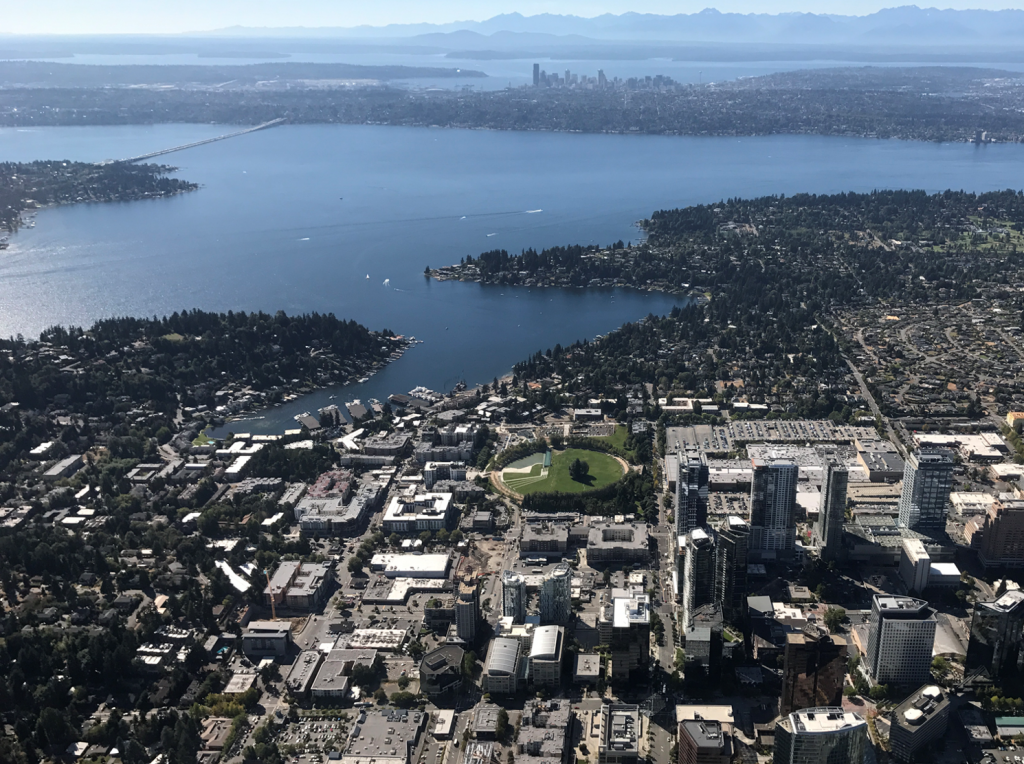
The City of Bellevue is the jewel of the Pacific Northwest. Nestled in valleys in the foothills of the Cascades, on the shores of Lake Washington just 20 km east of Seattle, this young city boasts a thriving tech sector, a shopping district with some of the highest tax revenue per square foot on the West Coast, and placid established neighborhoods with single-family homes scattered across the hills between its western shore and Lake Sammamish. Bellevue’s growth continues to increase and Amazon projects adding 15,000 new employees in support of an expanding corporate presence.
On the west end of downtown, the Bellevue Collection anchors a retail and entertainment district with mixed-use mid-rise buildings and the new Downtown Park. A park-like connection to Meydenbauer Bay bookends a bucolic shopping district along Main Street in Old Bellevue and the City plans to provide a greenway from the bay all the way to the Eastrail regional multi-use path. Eventually, the Grand Connection will bridge Interstate 405, bridging the downtown with new development in the Wilburton area. While the motorway itself is mismanaged and completely inadequate for the demands of a thriving modern city; in fact, public transit agencies propose to spend billions of dollars to add service to the corridor in the form of future Bus Rapid Transit that will capture far fewer riders than expansions of privately-operated point-to-point shuttle services. Additionally, a light-capacity rail line serving downtown Seattle and the Microsoft Campus in Redmond will feature a station at 110th Ave NE and NE 6th St, just east of the existing Bellevue Transit Center. This nexus of regional transit for bus and rail will be ½ mile east of the Bellevue Collection, walkable via the NE 6th St pedestrian mall between Bellevue Way NE (10400 block) and 108th Ave NE.
It’s the ideal environment for a low-speed autonomous shuttle.
But what if the City were to embrace something much more reliable and robust than a surface route for an autonomous shuttle yet much more cost-effective and flexible than a rail-based transit line? What if the City were to construct a new tunnel restricted to autonomous vehicles and providing for the cross-town movement of people and goods? This is the NE 6th Street Distributor.
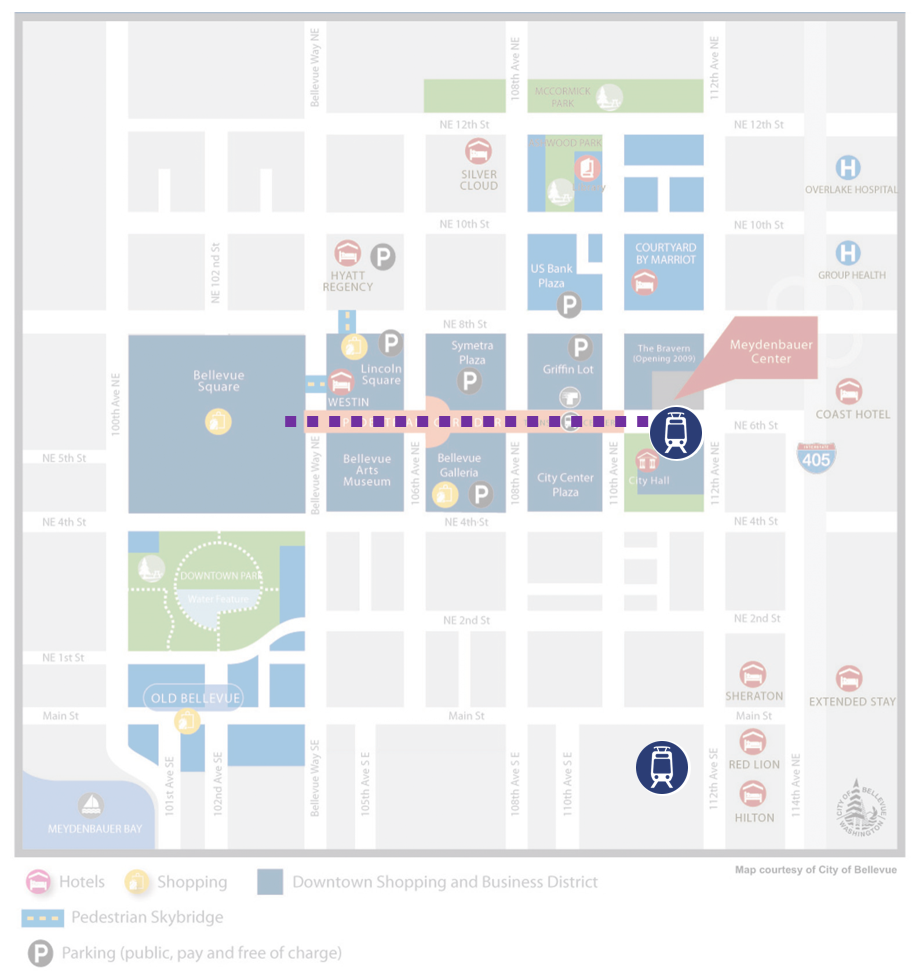
The idea of an east-west distributor is not new. In the 1970s, an elevated monorail-type system was proposed, offering direct access to the second or third floor of office buildings along NE 6th St. Other plans have called for an east-west tunnel along NE 4th St, making good use of terrain. The Sound Transit East Link light-capacity rail line travels through a tunnel along 110th Ave NE between Main St and NE 6th St, where it daylights between the Bellevue Transit Center and I-405. In Bellevue, a tunnel of just 2000 feet in length might cost far less than one-quarter of the SR 99 tunnel constructed in Seattle’s complex urban environment in glacial till. And it wouldn’t need to be 54 feet in diameter. In fact, such a tunnel could be constructed using the driftless method (used on the I-90 Mount Baker Ridge Tunnels in the 1980s) with a roadway width of 44 feet, providing space for a center platform at stations, adjacent life safety corridors, and fire suppression equipment and systems used in modern tunnels.
Autonomous shuttles such as the EasyMile 10, Proterra Catalyst, Navya Autonom, or Olli II provide the ideal vehicle for moving people in a personalized setting. These vehicles can provide frequent service, are relatively brisk in a dedicated environment, and, most importantly, they are easy to use, with flat floors and sliding doors over a generous opening. The shuttles are all-electric and exhibit a proven track record of safety, even in complex environments with pedestrians and bicyclists. Use of center platforms allows for stairs with an elevator on one end and escalators on the other, reducing costs for surface access while simplifying the user experience. Most importantly, unlike transit buses, the shuttles can turn around in a limited space, eliminating the need for a large-radius cul-de-sac at the west end of the tunnel.
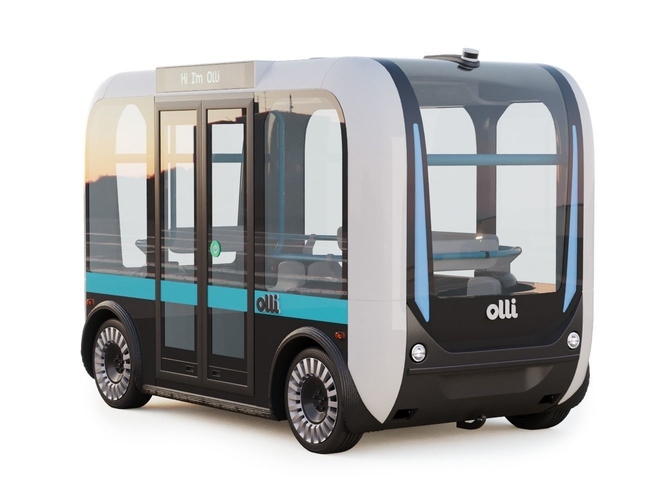
Simply put, the Distributor will connect people all across downtown Bellevue with transit service to the east and with I-405, where the opportunity exists to redevelop the NE 8th St interchange and possibly construct new Mobility Marketplaces that could function as Park & Ride facilities serving downtown and the region.

The real benefit of the Distributor is its ability to handle freight and deliveries with new smaller vehicles envisioned for cities. Pull-in, pull-out parallel parking spaces would be provided on either end of the center platforms at stations along the route, with a 14-foot wide area ensuring an ample buffer for personnel, allowing parking and unloading out of the weather. While these spaces could support mid-size delivery vans such as the Mercedes-Benz Sprinter, Ford Transit, or Nissan NV200, the real power of this space is driverless vehicles. Time spent driving between locations could now be concentrated at the logistics hubs at each platform. Vehicles that could be unloaded quickly would not require parking at all. Even a small logistics hub east of I-405 or in a converted parking facility would be all that is necessary to move goods between a 26-foot box truck and smaller autonomous delivery vehicles authorized to use the tunnel. This last-mile logistics solution may add the security and predictability necessary to provide direct-to-customer package deliveries, on time, in the Distributor. Don’t forget to grab a pre-ordered cup of coffee on the way back to the office during your four minutes of freedom.
The Distributor: It’s not a pretty name. Much like Chicago’s freight-oriented Lower Wacker Drive, the Distributor will stand the test of time but it will not be the gritty guts of the City. Today, modern illumination systems, a dedication to public art, and the flexibility of what amounts to the open-source access of the roadway system create limitless potential. Lower Wacker Drive in Chicago brings freight to the Windy City’s office buildings in its unique downtown, connecting to Congress Parkway and the world. The Distributor will bring the world the downtown Bellevue, connecting I-405 and East Link to the one of the region’s most sought-after residential and shopping districts. The jewel of Bellevue has a heartbeat. Its east-west pedestrian mall can remain a place for people, trees, and gathering spaces. The city’s pulse, the free movement of people and goods unconstrained by traffic congestion and weather, will be hidden from sight yet accessible to all.
This work is the author’s original technical creation. Development of this concept was made possible by the Transportation Futures Fellowship of the Cascadia Center for Regional Development, a program of the Discovery Institute.


